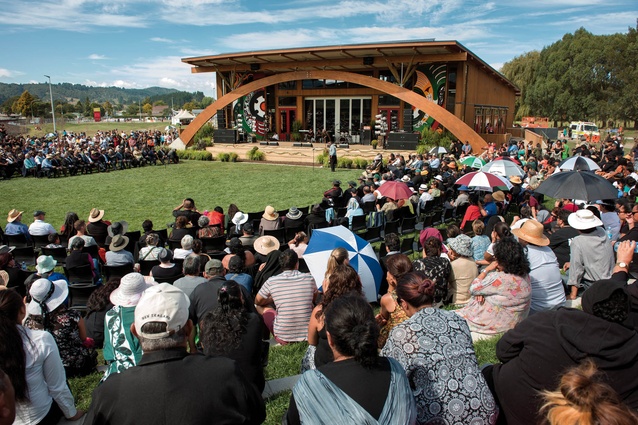Jasmax pledges to net zero carbon by 2030
New Zealand aims to cut carbon emissions to net zero by 2050 but, with the built environment currently accounting for an estimated 40 per cent of all global carbon emissions, Jasmax has unveiled plans to deliver carbon-neutral buildings by 2030.
The framework is underpinned by research from the Royal Institute of British Architects’ (RIBA) Sustainable Outcomes Guide and translated into a New Zealand context. It outlines three key areas of building sustainability that will drive the greatest amount of change towards achieving carbon neutrality: Whole of Life Embodied Carbon, Operational Energy and Potable Water Usage.
Principal architect Chris Scott says there are a number of differences between the UK and New Zealand that have been factored into Jasmax’s Pathway to Net Zero Carbon Design. “New Zealand buildings have quite different material supply chains from those in the UK and are designed to meet a strict code for earthquake resilience – typically, this means that the level of embodied carbon of a New Zealand building is often higher than that of a similar UK design.”
Jasmax has already designed New Zealand’s first net zero energy Living Building, Te Kura Whare – the centre of governance for Ngāi Tūhoe. Certified in 2014, the building was the 15th building globally to meet the Living Building standard and the first example outside of the United States.










